This week’s guest blogger, Sarah S. Brophy, is principal of bMuse and co-chair of AAM’s Green Professional Interest Committee (PIC Green). Part two of this essay will go up later this week—stay tuned!
Earlier this month the CFM Blog looked into environmental sustainability in museums. Elizabeth asked if ‘good’ is ‘good enough’ or does the planet need each museum to do much more to truly help meet carbon-cutback goals or any other environmental impact goals? She commented that recycling is good and important, but that simple good activity might lull us into complacency; and that The Monterey Bay Aquarium’s SeaFood Watch program is really what we should emulate in our work.
I agree – almost. I believe fervently that those of us who can, must; but that it’s honest and reasonable to say that many of us have a long way to go to achieve that impact. To get there the rest of us must
- just start, no matter how small, and
- recognize that green is a team sport – doing it together has that bigger impact we need.
Museums are community resources. Our communities need many things right now, and increased environmental sustainability is one of the most important needs. Thankfully, it’s something museums can become very, very good at. Ten or fifteen years from now our new museums will be Living Buildings, existing buildings will be far more efficient, museums standards will have baseline sustainability practices in all areas, and all the staff, volunteers and visitors will speak green as a first language. Most museums will offer whiz-bang projects like the Seafood Watch/Whole Foods partnership because most museums will be very good at mission-critical work that simultaneously involve environmental sustainability, visitor engagement, and managing technology and media formats to achieve multiple internal and external goals.
Skip over related stories to continue reading articleFor most of us, the way to close the distance between activities like Seafood Watch and our day-to-day reality, is to just get going any way we can. Start from where you are, and with an idea that you want to get someplace else. Educators know to meet visitors wherever they are – at the museum or in the community, as new learners or scholars, with opportunities for contemplation or engagement. Let’s use that lesson to start green practice wherever we can right at this moment: double-sided printing, an alternative to vinyl banners, choosing local food for events, or taking the Smithsonian’s SITES exhibit on environmental sustainability. Then take the next step and the next.
Since green is addictive, you’ll just keep going. Recycling leads to composting and banner recycling; composting leads to research into waste-to-energy, and banner recycling triggers more sustainable banner design; the city and the energy provider join you in creating a community waste-to-energy site, and the banner project becomes a local artist opportunity and then a fundraiser for each exhibit. Along the way you gain knowledge, partners, supporters and good will, and it all began the day you started recycling.
Green is a journey, not a destination. You never ‘arrive’ because one green deed leads to another. Later this week I’ll offer some suggestions on how to take the first step along the road.

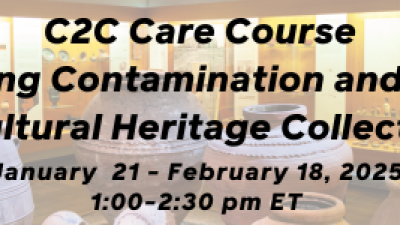

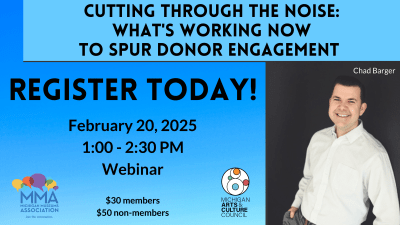
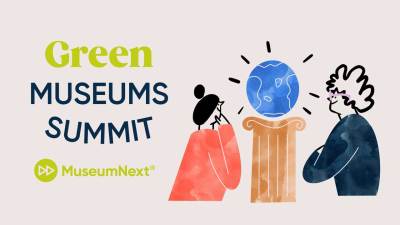
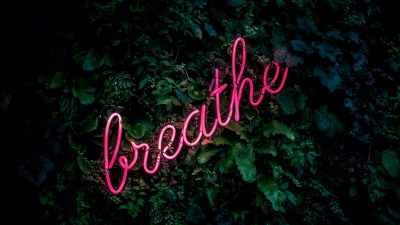
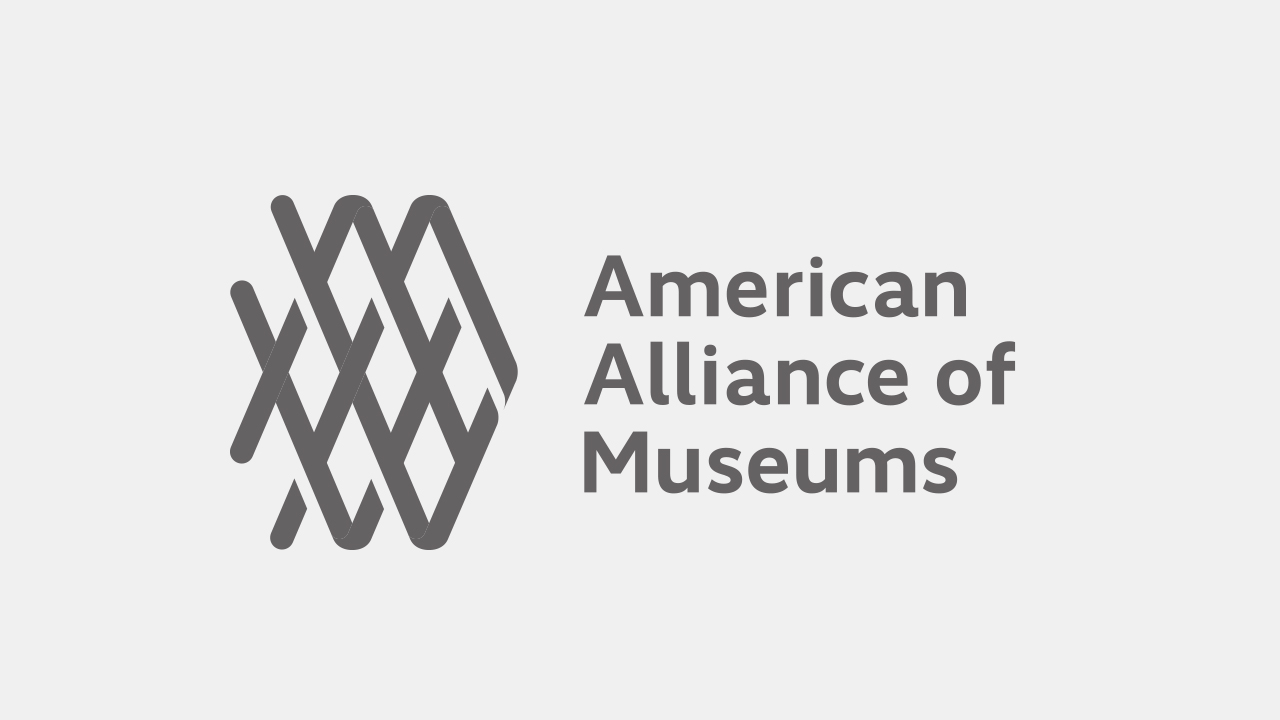

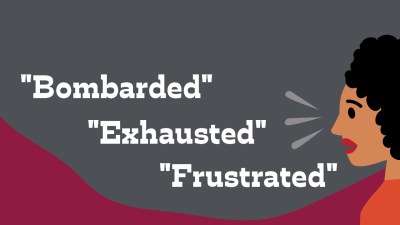
Hello. The world's reliance on existing sources of energy and their associated detrimental impacts on the environment- whether related to poor air or water quality or scarcity, impacts on sensitive ecosystems and forests and land use – have been well documented and articulated over the last three decades. What is needed by the world is a set of credible energy solutions that would lead us to a balance between economic growth and a sustainable environment. I found one great new book “Paths to sustainable energy” It is free to download or you just can read it on online reading platform, everything on same link here: http://www.intechopen.com/books/show/title/paths-to-sustainable-energy This book provides an open platform to establish and share knowledge developed by scholars, scientists and engineers from all over the world about various viable paths to a future of sustainable energy. Cheers!